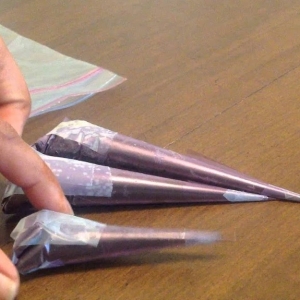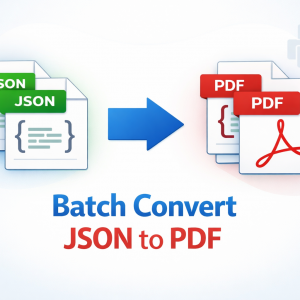Bolts are among the most common fasteners used across a wide range of applications, from machines and structures to various other objects. However, bolts can loosen over time due to factors like vibration, thermal expansion and contraction, and other environmental influences. This loosening can pose significant safety risks, including machine failure or structural collapse. To mitigate these risks, various bolt anti-loosening measures must be implemented. Each method has its own advantages and disadvantages, and the best choice depends on the specific requirements of the application.

Common Types of Bolt Anti-Loosening Methods
There are three primary types of anti-loosening methods: friction-based, mechanical, and permanent.
1. Friction-Based Methods:
Thread-Locking Compounds: Lubricants that increase friction between the bolt and nut to prevent loosening.
Hexagon self-locking nuts: Nuts designed to create additional friction, reducing the likelihood of loosening under vibration.
2. Mechanical Methods:
Cotter Pins: Pins inserted through the bolt to lock it in place.
Locking Washers: Washers that create mechanical interference to prevent loosening.
Wedge-Shaped Washers: Washers that create a force pressing the bolt and nut together.
3. Permanent Methods:
Heat-Treated Bolts: Bolts treated to resist loosening.
Thread-Locking Adhesives: Adhesives that cure to form a permanent bond.
Rivets: Permanent fasteners that cannot be undone without destroying the rivet.
12 Commonly Used Methods for Bolt Anti-Loosening Design
Here are twelve methods frequently employed to design anti-loosening features into bolts:
1. Double Nuts:
Mechanism: Two nuts are tightened against each other on the same bolt.
Benefit: Increased friction makes it more difficult for the bolt to loosen.
2. Tang Thread Locking:
Mechanism: A tang in the bolt thread engages with a slot in the nut.
Benefit: Provides a mechanical lock to prevent loosening.
3. 30° Wedge Thread Technology:
Mechanism: A wedge-shaped washer is placed between the bolt and nut.
Benefit: The 30° angle enhances the locking mechanism, making it more secure.
4. Self-Locking Nuts:
Mechanism: Special design creates friction between the nut and bolt.
Benefit: Reduces loosening even under vibration.

5. Thread-Locking Adhesive:
Mechanism: Adhesive applied to bolt threads cures to form a hard layer.
Benefit: Popular for high-vibration applications.
6. Wedge Locking Double Washer:
Mechanism: Two washers with a wedge shape create a locking force.
Benefit: High-strength material and serrated edges increase security.
7. Cotter Pins and Slotted Nuts:
Mechanism: Cotter pins secure the bolt; slotted nuts accommodate the pin.
Benefit: Additional security through mechanical locking.
8. Series-Connected Wire Anti-Loosening:
Mechanism: Wires connected to the bolt and nut create a locking force.
Benefit: High-strength wires enhance security.
9. Locking Washers:
Mechanism: Special design creates friction between the washer and bolt.
Benefit: Effective under vibration.
10. Spring Washers:
Mechanism: Spring-like design creates a force pressing the bolt and nut together.
Benefit: High-strength material provides additional security.

11. Heat Staking Technology:
Mechanism: Melting a metal tab onto the bolt creates a permanent bond.
Benefit: Permanent and often used in critical applications.
12. Color-Changing Bolts:
Mechanism: Material changes color under excessive torque.
Benefit: Indicates potential over-tightening and risk of loosening.
Conclusion
The various anti-loosening methods discussed can ensure secure fastening across a wide range of applications. The best method for a particular application depends on specific factors such as vibration, thermal expansion, and the operating environment. By carefully selecting and implementing the appropriate anti-loosening method, engineers can prevent serious safety hazards and ensure the long-term reliability of their designs.







